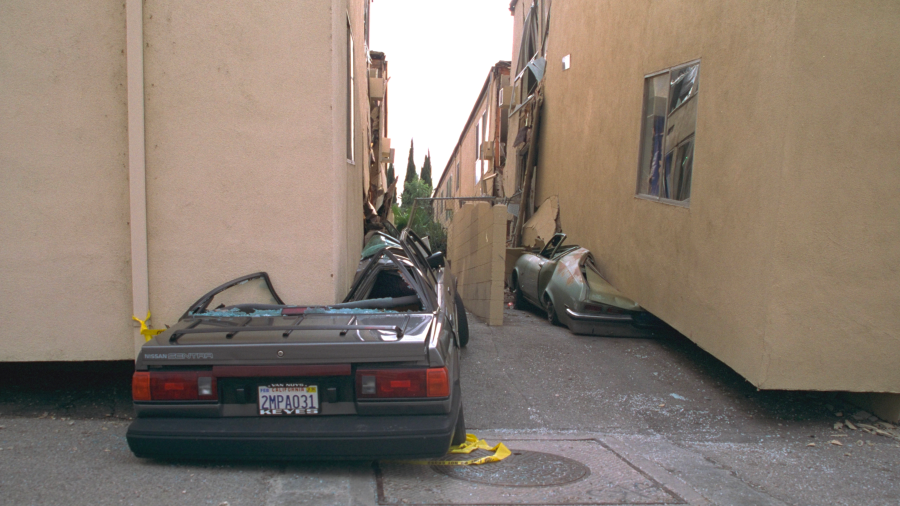Thursday’s 4.7 magnitude earthquake that rattled millions of homes across Southern California on Thursday brought another stark reminder that “the big one” could hit any time.
Whenever the ground shakes, experts reiterate the importance of being prepared with a well-stocked emergency kit.
The California Department of Public Health says a comprehensive emergency kit can be a lifesaver in the aftermath of a seismic event. Here’s a guide on what to include in your emergency supply kit to ensure you’re ready for any situation.
Essential Supplies
- Water: Store at least one gallon of water per person per day for at least three days. This amount is crucial for both drinking and sanitation needs.
- Food: Pack a minimum of a three-day supply of non-perishable food items. Choose items that are easy to prepare, such as canned goods, dried fruits, nuts, and energy bars. Don’t forget a manual can opener if you include canned foods.
- Battery-Powered or Hand-Crank Radio: A NOAA Weather Radio with tone alert or a battery-powered radio is essential for receiving emergency updates. Be sure to pack extra batteries.
- Flashlight: Include a flashlight with extra batteries. In the event of a power outage, a reliable light source will be invaluable.
- First Aid Kit: A comprehensive first aid kit should contain bandages, antiseptics, tweezers, and over-the-counter medications like pain relievers and antihistamines.
- Medications: Store a week’s supply of any prescription medications you may need, along with a list of any allergies or medical conditions.
- Multi-tool or Swiss Army Knife: A versatile tool can help with a range of tasks from opening cans to minor repairs.
- Personal Hygiene Items: Include moist towelettes, garbage bags, and plastic ties for personal sanitation. Basic hygiene supplies can help prevent illness in emergency situations.
- Important Documents: Keep copies of essential documents such as identification, insurance policies, and bank account records in a waterproof container.
- Cash: Have at least $100 in small denominations. In emergencies, ATMs and credit card machines may not be functioning.
- Blankets and Warm Clothing: Pack blankets or sleeping bags, and ensure you have warm clothing and sturdy shoes. Hypothermia can be a risk in cold conditions, especially if your home is damaged.
- Special Needs Items: If you have infants, elderly family members, or pets, include necessary items such as baby formula, diapers, pet food, and any other specialized supplies.
- Local Maps: Have a physical map of your area, as GPS and other technology may be unreliable after a disaster.
Additional Tips
- Maintain Your Kit: Regularly check and update your kit. Replace expired food and medications and ensure that all items are in working order.
- Customize Your Kit: Tailor your kit to meet your household’s specific needs. Consider any special needs and add items accordingly.
For more details on preparing for emergencies, visit the California Department of Public Health’s website at cdph.ca.gov.
